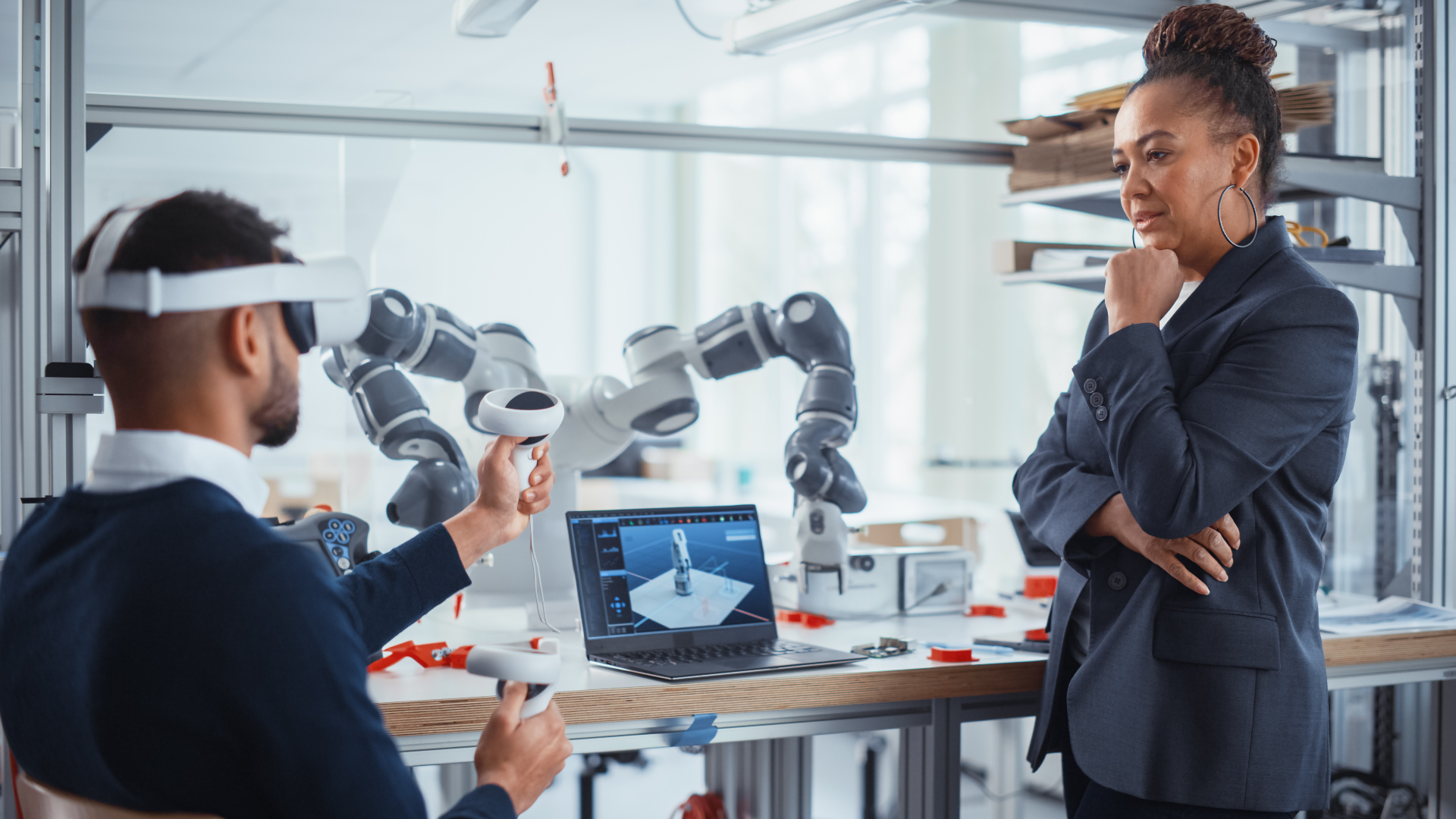The Metaverse and What It Means for Higher Education
While campuses are starting to return to in-person classes as the COVID-19 pandemic slows down, professors are finding that returning students are still more inclined to enroll in online courses rather than in-person classes.
According to BestColleges’ Online Education Trends Report for 2022, 60% of remote learners say they are likely to enroll in online courses or programs after their campuses return to in-person learning.
According to the study, the two main reasons behind a majority of students likely to enroll in online courses include:
1. Existing commitments (work and family) don't allow for attendance in campus-based courses.
What's interesting is that this could indicate that students now prioritize these over activities like more direct student-to-student interaction involved on premise instruction...
2. Online learning was the only way to pursue my field of interest.
Which could indicate that the course(s) needed by students aren't being offered by the institutions geographically closest to them.
To tackle these two concerns, new technologies like augmented and virtual reality are now slowly being introduced to enhance both in-person classes and remote learning. These advancements present new opportunities for students - and could be the next big step in integrating technology and education for institutions.
Education in the Metaverse
For almost a year, Meta (the company that owns Facebook), has been creating its grand vision of a digital world in virtual reality. While not the first or only player in the space, the company has allocated more than $150 million to immersive learning projects, including funds for colleges and universities to create digital versions of their campuses. In this way, Meta hopes to create new experiences for students in their Metaverse.
From the institution side, this also gives institutions an important opportunity to differentiate their online presence from a thousand other colleges and universities to better represent themselves in a world in which students may never attend an on-campus course.
Virtual reality makes it possible to collaborate in a virtual space. Professors in higher education could conduct classes in the virtual world of the metaverse. Students could enter virtual reality in class or from the comfort of their own homes and still feel like they were somewhere else entirely.
An instructor could lead a lecture about our solar system in outer space, teach a class on early American pilgrims while walking the same paths they did, or even help medical students explore the inner workings of the human body.
Not only do AR and VR allow students to experience ways of teaching that were never possible before, but they can also play a role in helping students develop technical skills for future careers.
For example, with AR and VR students can practice anything from welding, mechanical maintenance, or even surgery.
Data and the Metaverse
With the metaverse comes voluminous amounts of data. Not only can the metaverse help professors engage learners in a completely new way while providing them with more personalized resources and services, but it can also give students the flexibility to log in and learn from anywhere.
One way data can be gathered in the metaverse is through the capture, storage, and distribution of daily experiences and information, called lifelogging.
According to a research article Metaverse in Education, through storage, databases, or tracing technologies, learners’ real-time status information can be presented and even shared. Meanwhile, learners’ historical information like footprints, assignments, and virtual works can be recorded and stored in the metaverse like a virtual portfolio that students might use to seek employment or showcase skills.
On the backend of things, with these huge amounts of data being collected and stored daily, technologies like computing, databases, and artificial intelligence play essential roles in analyzing all of this data.
These technologies can make assessing learners’ performance more cohesive and allow professors to conduct personalized services for learners who may request or need extra assistance.
According to this article focusing on Virtual Reality in Language Learning, collecting learning data is limited to tests in conventional learning, but virtual learning environments provide many more ways to assess students.
This article dives even deeper into the Metaverse in Education, and explores how in the metaverse, with the support of learning logging and learning analysis, teachers can evaluate the success of their learning plans more comprehensively using both formative and summative data. It’s an approach that focuses more on learners’ growth rather than focusing more heavily on results, thereby enhancing traditional academic assessment.
Invoke Learning’s Data Lakehouse & Data Storage
While virtual reality and the metaverse might still be in development and quite new in higher education, there will be a lot of data derived from both that will need to be stored, and traditional data warehousing isn’t sufficiently able to keep up.
With the help of Invoke Learning’s InvokeClarity™ data lakehouse for higher education, all of the unstructured data derived from classes conducted in virtual reality can be easily collected and accessed through one easily manageable platform.
Our next-generation data lakehouse combines the best parts of a data lake and a data warehouse, allowing structured and unstructured data to be easily stored in one comprehensive location.
Also, InvokeClarity™ can bring data together quickly with pre-built data connectors across most common higher education systems, which makes it possible to add a new system in just minutes!
Want to learn more about InvokeClarity™ and our other next-generation solutions aimed at advancing higher education? Head over to the Invoke Learning website and let us tell you more!